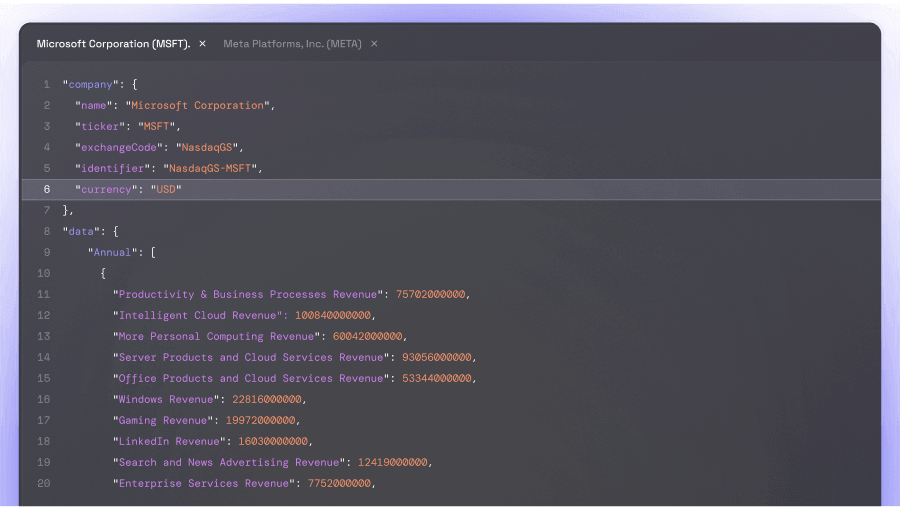Selbstständig fahrende Autos Definition
Das Eulerpool Wirtschaftslexikon definiert den Begriff Selbstständig fahrende Autos für Deutschland.
Selbstständig fahrende Autos (autonomous driving cars), also known as autonome Fahrzeuge or autonome Autos, refer to vehicles that possess the capability to operate without direct human intervention.
These vehicles utilize a combination of advanced technologies, such as artificial intelligence (AI), machine learning (ML), computer vision, and sensor systems, to perceive and interpret the surrounding environment and make informed decisions. Selbstständig fahrende Autos have the potential to revolutionize the transportation industry by providing enhanced safety, efficiency, and convenience. By eliminating the need for human drivers, these vehicles can significantly reduce the occurrence of accidents caused by human errors, which are responsible for the majority of road accidents. The robust sensor systems equipped in these vehicles ensure a comprehensive view of the surroundings, detecting obstacles, pedestrians, and other vehicles with great accuracy. Selbstständig fahrende Autos rely on advanced AI algorithms to process the vast amounts of data collected by their sensor systems and make real-time decisions accordingly. Machine learning techniques enable these vehicles to continuously improve their driving performance by learning from past experiences and adapting to various road conditions. This constant learning process allows them to navigate complex scenarios and make accurate predictions, ensuring a smooth and safe driving experience. In addition to safety benefits, autonomous driving cars offer various economic advantages. These vehicles have the potential to enhance the efficiency of transportation networks by reducing traffic congestion and optimizing route planning. Moreover, autonomous cars can operate continuously, minimizing downtime and increasing productivity for businesses that rely on transportation services. Selbstständig fahrende Autos are not limited to passenger vehicles; they also have significant implications for the logistics industry. Autonomous trucks and delivery vehicles can optimize routes, reduce delivery times, and lower fuel consumption, resulting in cost savings and environmental benefits. Several companies, including established automakers and technology giants, are actively developing and testing selbstständig fahrende Autos. These companies strive to overcome various technical and regulatory challenges to ensure the widespread adoption of autonomous driving technologies. While fully autonomous vehicles are not yet commercially available, significant progress has been made, and it is expected that they will gradually enter the market in the coming years. Overall, selbstständig fahrende Autos represent a paradigm shift in the transportation industry, promising safer roads, increased efficiency, and improved mobility. As technology advances and regulatory frameworks evolve, the widespread adoption of autonomous driving cars is likely to transform the way we travel and reshape the future of transportation. Stay informed about the latest developments in this exciting field on Eulerpool.com, your go-to source for comprehensive equity research and finance news.Zahlungsdienstleister
Zahlungsdienstleister ist ein Begriff, der die Unternehmen bezeichnet, die Finanztransaktionen im Auftrag ihrer Kunden abwickeln. Diese Dienstleister stellen ihren Kunden verschiedene Zahlungsoptionen zur Verfügung und so erleichtern sie den Zahlungsverkehr...
Vorschlagswesen
Vorschlagswesen ist ein Begriff aus der Unternehmensführung und bezieht sich auf das System der Ideenfindung und -umsetzung innerhalb einer Organisation. Es handelt sich um einen strukturierten Ansatz, der es den...
Steuererhöhung
Steuererhöhung ist ein Begriff, der in der Wirtschafts- und Finanzwelt oft diskutiert wird. Im Grunde bezieht sich Steuererhöhung auf die Erhöhung von Steuersätzen und deren damit einhergehenden Auswirkungen auf die...
Cyber-Risiken
Cyber-Risiken sind Bedrohungen, die aus der Nutzung von Informationstechnologie und der Vernetzung von Systemen resultieren. In einer zunehmend digitalisierten Welt stellen diese Risiken eine ernsthafte Herausforderung für Unternehmen dar, insbesondere...
Verfahrenslizenz
Verfahrenslizenz – Definition und Bedeutung im Finanzwesen Eine Verfahrenslizenz ist eine Genehmigung oder Erlaubnis, welche von einer regulierenden Finanzbehörde erteilt wird und es einer Person oder einem Unternehmen ermöglicht, bestimmte Aktivitäten...
Investitionsförderung
Investitionsförderung bezeichnet eine Reihe von Maßnahmen, die von Regierungen, öffentlichen Institutionen und anderen Organisationen ergriffen werden, um Investitionen in bestimmten Sektoren oder Regionen zu fördern. Das Ziel der Investitionsförderung besteht...
Hilfeleistung in Steuersachen
"Hilfeleistung in Steuersachen" ist ein Begriff, der sich auf die fachkundige Unterstützung bezieht, die ein qualifizierter Steuerexperte einem Steuerpflichtigen bei der Erfüllung seiner steuerlichen Verpflichtungen bietet. In Deutschland wird dieser...
nicht abtrennbare Kosten
"Nicht abtrennbare Kosten" is a term commonly used in the field of capital markets, specifically in the context of cost allocation and financial analysis. In English, it translates to "indivisible...
Goldgehalt
Der Begriff "Goldgehalt" bezieht sich auf den Anteil an reinem Gold in einer Legierung oder einem Edelmetall. Goldlegierungen sind eine Kombination aus Gold und anderen Metallen wie Silber, Kupfer oder...
Kauf
Definition: Der Begriff "Kauf" betrifft eine wichtige Handelsaktivität im Finanzbereich, insbesondere in den Kapitalmärkten. Beim Kauf handelt es sich um den Erwerb von Wertpapieren, Anleihen, Aktien oder Kryptowährungen als Teil einer...

